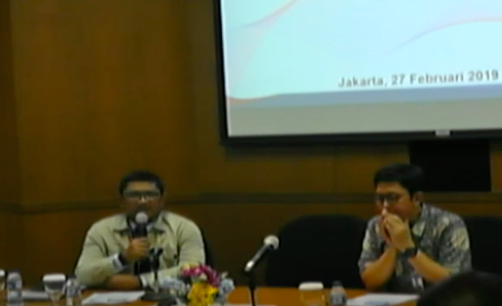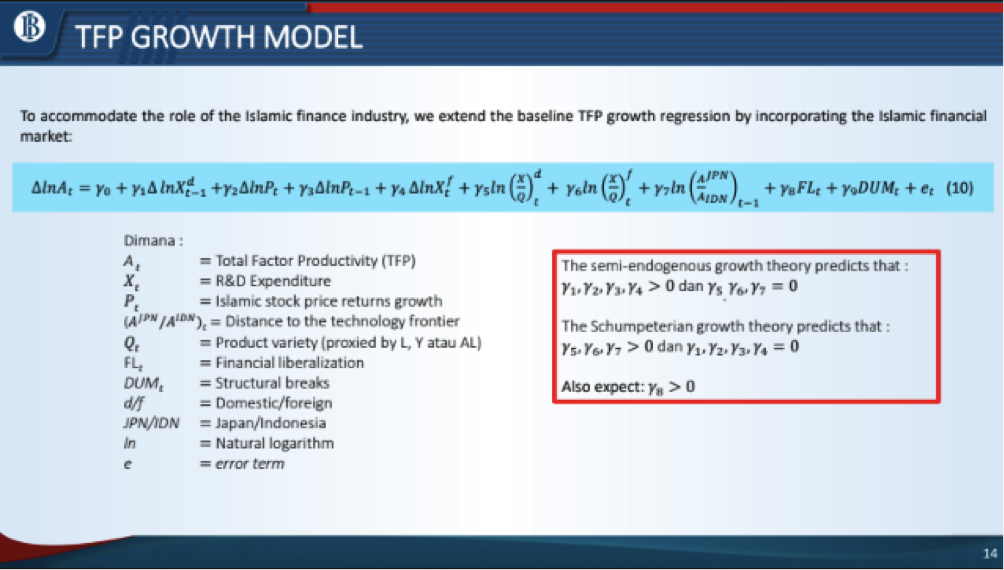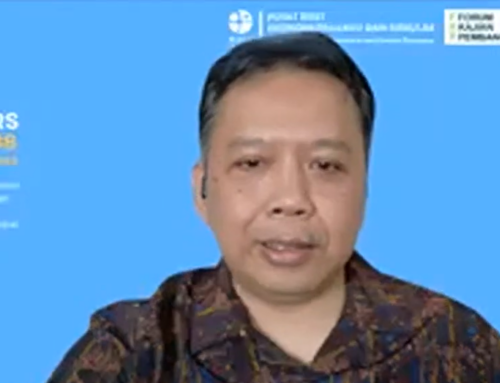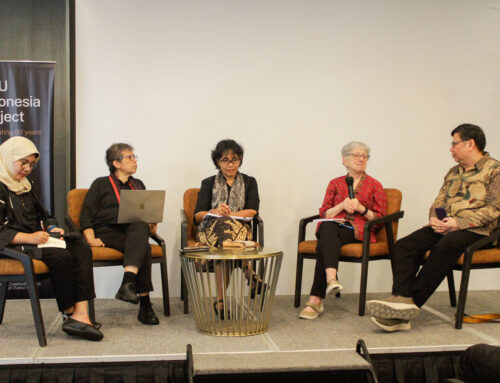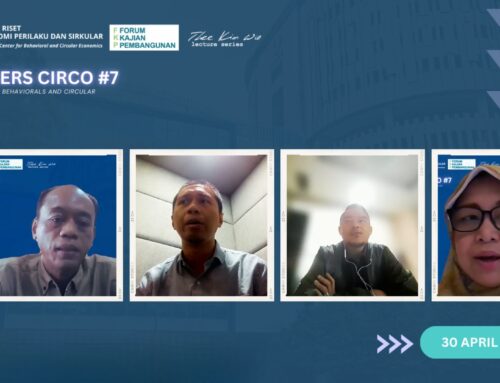Technological advances have created many changes in the society, causing an increase in volatility, uncertainty, complexity, and ambiguity. On the other hand, technology has also allowed new ways to facilitate financial services, such as online peer-to-peer lending (P2PL) applications. On Wednesday, 27 February 2019 Bank Indonesia (BI) Institute hosted an FKP seminar by Budi Trisnanto (Bank Indonesia Institute).
In the era of economic and social volatility, uncertainty, complexity, and ambiguity (VUCA), classical economic models are no longer sufficient in explaining economic conditions, let alone predicting growth. Budi Trisnanto asserted the need for a new economic growth model given Indonesia’s limited window of opportunity resulting from the upcoming demographic dividend, as well as expansion of Indonesia’s middle class. With a better understanding of growth, Indonesia would be able to capture new potentials in the economy. Using a Cobb-Douglas model, Budi Trisnanto tested two second-generation endogenous growth models: the semi-endogenous growth moth and the Schumpeterian growth model. Modifying the baseline model by Madsen, Saxena, and Ang (2010) to account for the Islamic financial market, Budi Trisnanto found that the semi-endogenous model could explain Indonesia’s growth better than the Schumpeter growth model. Moreover, he also found that the Islamic stock market and banking play a significant role in Indonesia’s economic growth, and therefore should be encouraged by the government.
For the complete presentation and Q&A session, please refer to the video and materials provided.
